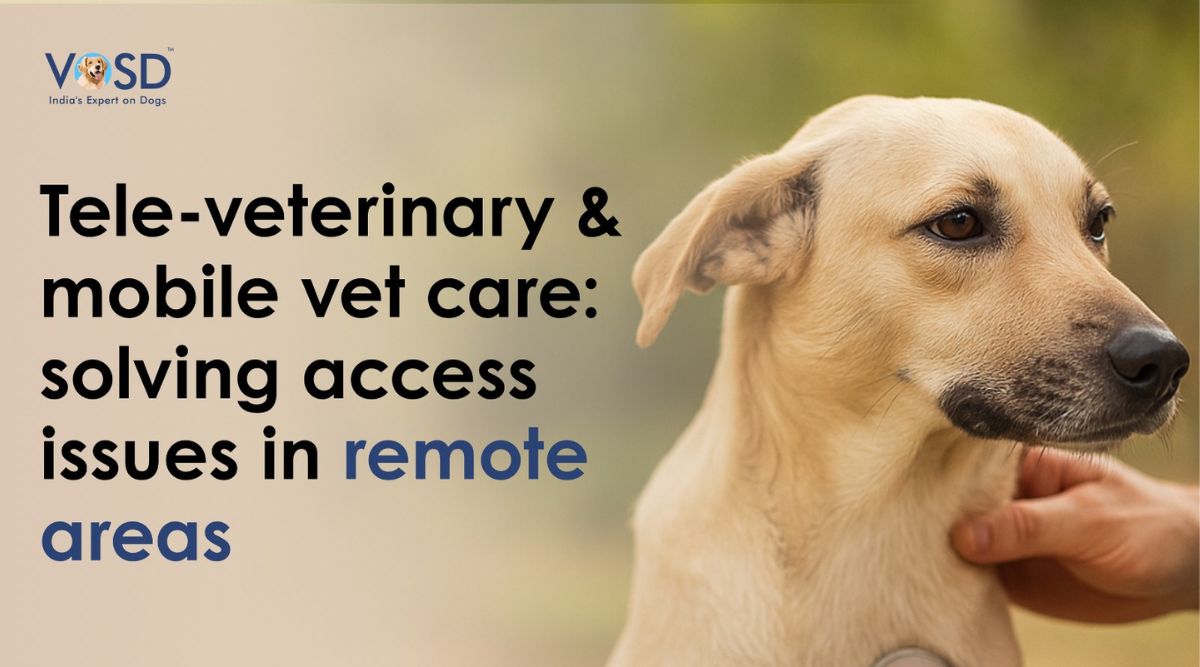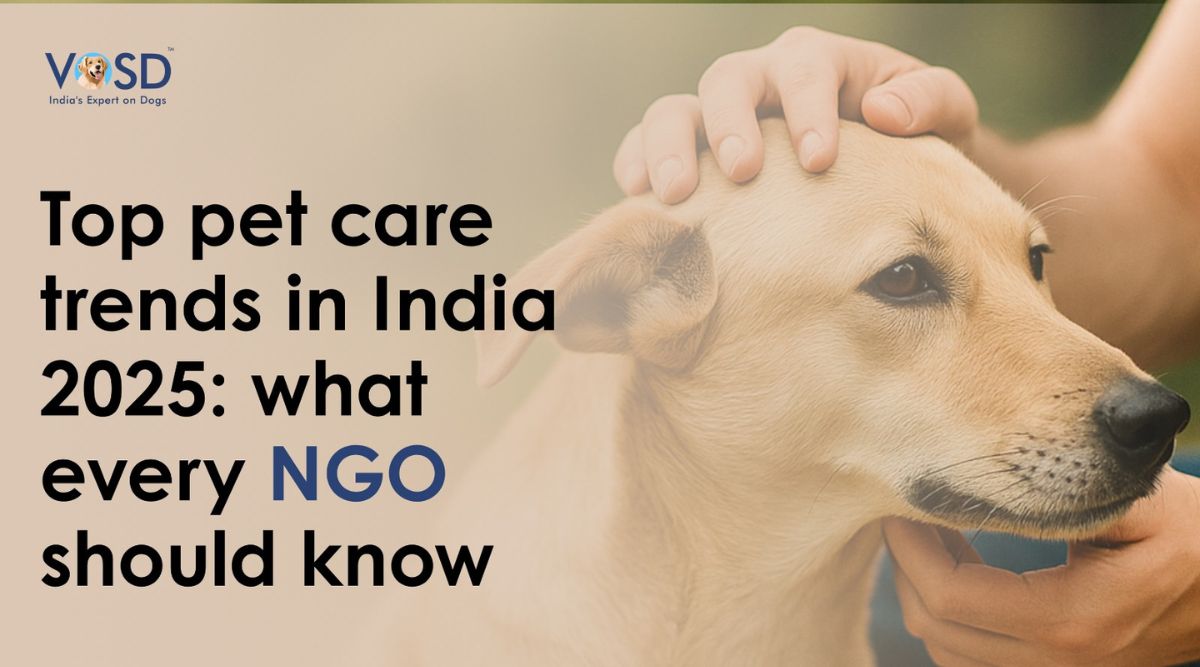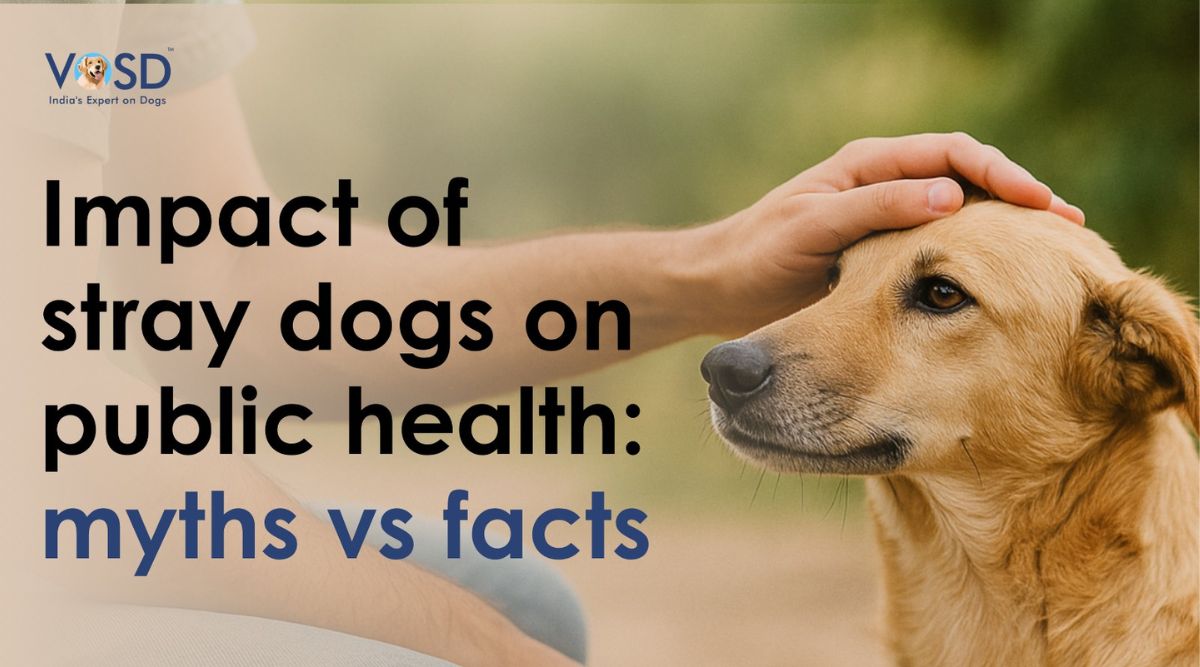Introduction
Spaying and neutering are surgical procedures performed on animals, typically dogs and cats, to prevent them from reproducing. These procedures are often recommended for pet owners who want to address issues related to overpopulation and certain behavioral or health concerns.
Spaying refers to the surgical removal of a female animal’s reproductive organs, specifically the ovaries and usually the uterus.
Neutering is a term commonly used to describe the surgical removal of a male animal’s testicles. Neutering is performed to prevent the male from being able to impregnate females.
Both spaying and neutering of dogs are common and routine procedures performed by veterinarians. In addition to the reproductive benefits, these procedures can contribute to the overall well-being of the animal and may help prevent certain behavioral problems.
Benefits Of Spaying and Neutering
Spaying and neutering are integral components of responsible pet ownership. Here’s how these procedures contribute to responsible pet ownership:
● Spaying and neutering of dogs help control the pet population by preventing unplanned and unwanted litters.
● Neutering of dogs can often reduce aggressive behavior and roaming tendencies in male animals. Spaying a dog can also help prevent certain behaviors associated with females in heat, such as restlessness and attracting unwanted attention from male animals.
● Spaying a dog can reduce the risk of certain reproductive-related cancers and infections. In females, spaying eliminates the risk of uterine and ovarian cancers, while in males, neutering reduces the risk of testicular cancer.
● Neutering of dogs can reduce the likelihood of male dogs marking their territory with urine, which is a common behavior associated with intact males.
● By spaying and neutering pet dogs, owners can help prevent mating between stray and pet dogs thereby greatly helping in reducing the population of stray dogs.
● Spaying and neutering contribute to the long-term health and happiness of pets by addressing behavioral issues, reducing the risk of certain diseases, and preventing the challenges associated with unplanned pregnancies.
Spaying and Neutering Steps
So, what exactly do spaying and neutering of dogs entail? Here, we provide you with a brief overview of the general steps for spaying and neutering:
Spaying (Ovariohysterectomy) – Female Dogs
The veterinarian performs a thorough preoperative examination to ensure the animal is healthy enough for surgery. The animal is administered anesthesia to induce unconsciousness and prevent pain during the procedure. The veterinarian makes an incision in the abdominal wall, usually near the midline. The ovaries and, in most cases, the uterus are carefully removed to prevent reproduction. The incision is closed using stitches or surgical staples. The animal is closely monitored during the recovery period to ensure a smooth transition out of anesthesia.
Neutering (Orchiectomy) – Male Dogs
The veterinarian conducts a preoperative examination to assess the animal’s overall health. The animal is administered anesthesia to induce unconsciousness and prevent discomfort. An incision is made in the scrotum, and the testicles are carefully removed. The incision is closed with stitches. The animal is monitored during the recovery period to ensure a smooth awakening from anesthesia.
Postoperative Care
After the surgery, animals need appropriate postoperative care, which may include pain management, monitoring for signs of infection, and restriction of activity during the healing process. Follow-up veterinary visits may be scheduled to check on the animal’s recovery and remove stitches or staples if used. Responsible pet owners should follow preventive care guidelines, including vaccinations and parasite control, to ensure the ongoing health and well-being of their pets.
It’s important to note that these procedures should only be performed by qualified veterinarians in a controlled and sterile environment. Additionally, the timing of spaying and neutering of dogs may vary based on factors such as the species, breed, and individual health considerations, and it’s best to consult with a veterinarian to determine the most appropriate timing for your pet.
Effects on animal behaviour
Spaying (for females) and neutering (for males) can have various effects on dogs’ personalities, behaviors, and overall well-being. However, it’s essential to note that individual variations exist, and not all dogs will experience the same changes. The impact of spaying and neutering of dogs can depend on factors such as the dog’s age, breed, pre-existing behaviors, and the timing of the procedure. Here are some general considerations.
Spaying a dog may lead to a reduction in aggressive behaviors, especially during the reproductive cycle. Female dogs in heat may exhibit restlessness and a strong desire to roam. Spaying a dog helps eliminate this behavior. Spayed females do not go into heat, which means they do not experience the behavioral and physical changes associated with the reproductive cycle. Spayed females are less likely to attract unneutered males, reducing the likelihood of unwanted attention. Spaying a dog eliminates the risk of uterine and ovarian cancers and reduces the risk of mammary gland tumors, especially if performed before the first heat cycle.
Neutering can lead to a reduction in aggressive behaviors, particularly in male dogs. Neutered males are less likely to roam in search of females in heat. Neutering may reduce urine marking behavior, especially indoors. Neutering of dogs eliminates the risk of testicular cancer and reduces the risk of prostate problems. Neutering may have an impact on dominance-related behaviors, potentially making some dogs more amenable to training and less likely to challenge authority.
Addressing Common Concerns
The age at which spaying or neutering of dogs occurs can influence its impact. Early spaying/early neutering of the dog (before sexual maturity) is associated with some behavioral benefits, while late spaying and neutering of the dog may not have the same effects. The impact of spaying and neutering of a dog can vary based on individual characteristics. Some dogs may show noticeable changes in behavior, while others may not exhibit significant differences.
It’s important to consult with a veterinarian to discuss the best timing for spaying or neutering of dogs based on the individual needs of the dog. Responsible pet owners should weigh the behavioral and health benefits against potential considerations and make informed decisions in consultation with veterinary professionals. Additionally, training and socialization play critical roles in shaping a dog’s behavior, regardless of whether they are spayed or neutered.
The Role of Responsible Pet Ownership
After spaying and neutering a dog, providing appropriate personal care, nutrition, and attention is crucial for the well-being and recovery of your pet. Here are some general guidelines:
– Keep a close eye on your pet during the initial recovery period. Watch for any signs of complications, such as excessive swelling, redness, discharge, or behavioral changes.
– Follow your veterinarian’s instructions regarding activity restrictions. Pets should avoid strenuous exercise, jumping, and rough play during the recovery period to prevent complications.
– If your veterinarian recommends it, use an E-collar to prevent your pet from licking or chewing at the incision site. This helps prevent infection and promotes proper healing.
– Keep the incision site clean and dry.
– Administer any prescribed medications as directed. This may include pain relievers or antibiotics.
– Attend any follow-up veterinary visits as scheduled. These visits are important for monitoring the healing process and addressing any concerns.
Nutrition and Attention
● Follow your vet’s advice regarding feeding. They may suggest a specific type of food or a temporary change in diet to support recovery.
● Ensure that your pet has access to fresh water at all times. Hydration is crucial for the healing process.
● Consult with your veterinarian about the need for any dietary supplements that may support recovery and overall health.
● Provide a comfortable and quiet place for your pet to rest during the recovery period.
● Offer your pet comfort and reassurance. Spend time with them, providing gentle attention and affection.
● Pay attention to your pet’s behavior. If you notice any unusual changes, such as lethargy or changes in appetite, consult your veterinarian.
● Gradually reintroduce normal activities once your veterinarian gives the green light. This includes returning to regular feeding schedules and gradually increasing exercise.
● Keep an eye out for signs of infection, such as redness, swelling, or discharge at the incision site. Report any concerns to your veterinarian promptly.
● Recovery times can vary, and some pets may take longer than others to fully recover. Be patient and attentive to your pet’s needs.
Always consult with your veterinarian for personalized advice based on your pet’s specific circumstances. Following their recommendations will contribute to a smooth and successful recovery after spaying or neutering of dogs.
Success Stories and Testimonials/ Showcasing Real-life Examples Of Positive Outcomes
In a nutshell, getting your pet spayed or neutered is the responsible thing to do. Mumbai-based research Divya said, “ My rescued dog is a lot calmer after we got him sterilized. He didn’t experience any loss of appetite and recovered quickly after the procedure. Of course we followed our vet’s instructions to a T and everything went well. We will soon get our other dog fixed and we’re sure things will turn out fine this time around too. I highly recommend all pet parents get their dogs sterilized because it’s in the best interest of animals and humans alike.”
Conclusion
In conclusion, it is important to note that the decision to spay or neuter a dog should be made in consultation with a veterinarian, taking into consideration the individual dog’s health, breed, age, and the owner’s circumstances. Early spaying and neutering of a dogare commonly recommended, but the timing can vary depending on the specific situation.








